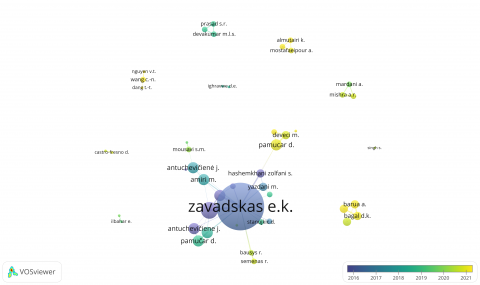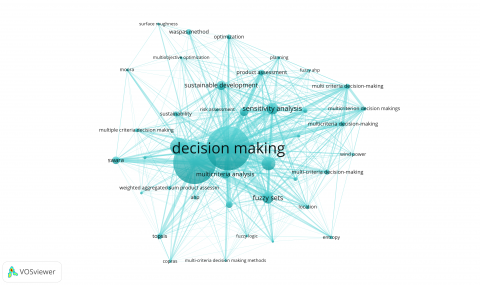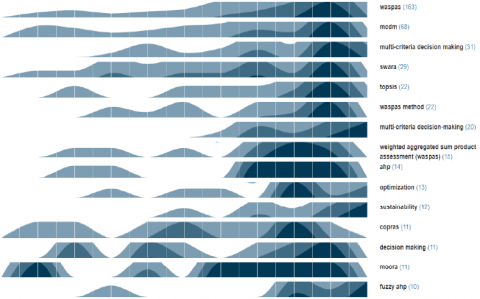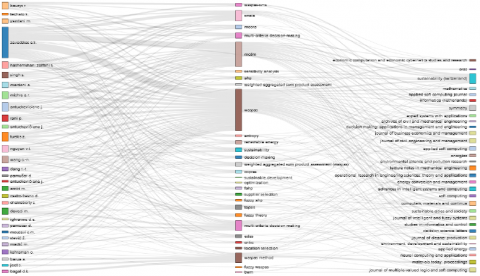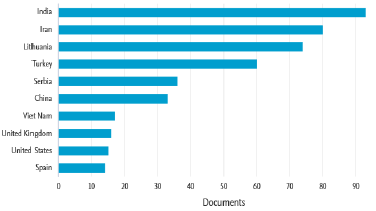Source: https://www.iieta.org/journals/mmep/paper/10.18280/mmep.090403
Weighted Aggregated Sum Product Assessment
Multiple Criteria decision-making (MCDM) approaches are required for complex issue resolution. However, it is debatable whether MCDMs applicability will be able to stay within the analytical possibilities for dealing with divorce issues. As a result, one of the newly introduced MCDMs Weighted aggregated sum product assessment (WASPAS), is chosen for evaluation. Therefore, this study examined 388 documents from archive of the Scopus database. To evaluate the diversity of the technique's application, the data analysis looked at a few bibliometrics measures. So, the publishing hosts and their influence patterns are displayed, the vast majority of the documents were in the fields of engineering and computer science. According to the findings, the WASPAS can deal with variety of problem-solving scenarios. Hence, this work is summed up with the aim of lowering uncertainty among decision-makers and scholars.
multiple criteria decision-making (MCDM), weighted aggregated sum product assessment (WASPAS), literature analysis
formula.
(4) Qi=λQ(1)i+(1 - λ)Q(2)i is a generalized equation established in WASPAS for calculating the total relative significance of ith alternative, where λ is the combination parameter in the range of 0 to 1. WASPAS method is transformed into WPM when the value of λ is 0, and WSM method when it is 1. λ is been used to remedy MCDM issues in ranking accuracy.
A case is borrowed to practice the WASPAS MCDM, referencing an application of WASPAS from a reference [14] and simplified here. In a decision, there are 3 criteria (C1, C2 and C3), the first two of which is beneficial but the second one is cost-related (not beneficial). C1 and C2 are equal important, 25%, but C3 is more important, 50%. Based on MCDM WASPAS, the decision maker has 5 alternatives from which to choose. Their decision matrix in shown via Table 1, as step 1 of WASPAS. Normalization of all entries in the decision matrix in shown in Table 2, as WASPAS step 2.
Multiplying the relative importance of each criterion leads us to the next step of attribute optimization. For one, the first cell followed by WSM approach gives A1 as Q(1)i: =
=(5/5×0.25)+(3/5×0.25)+(8000/8500×0. 50). However WPM approach for A1 gives Q(2)i == (5/50.25) × (3/50.25) × (8000/8500


